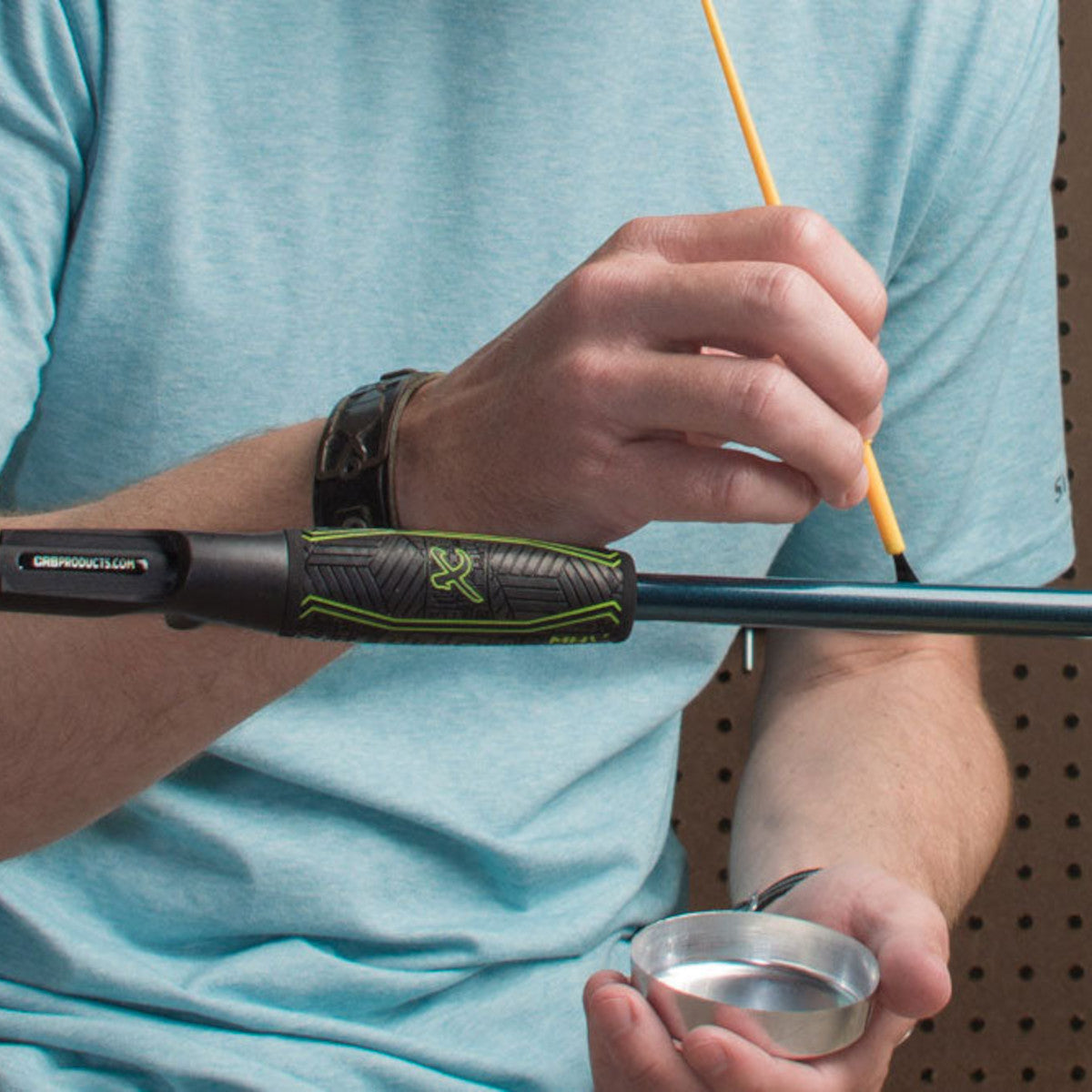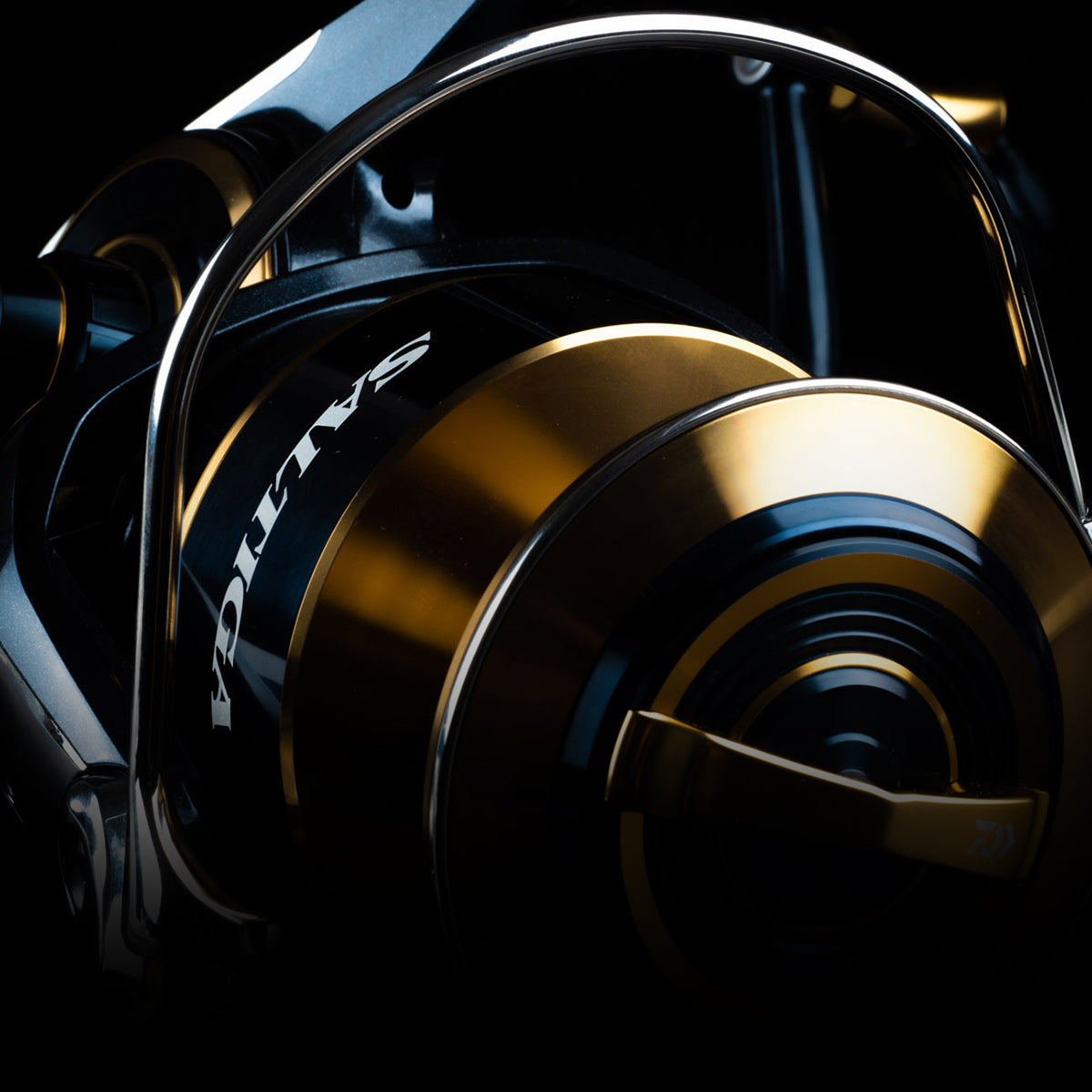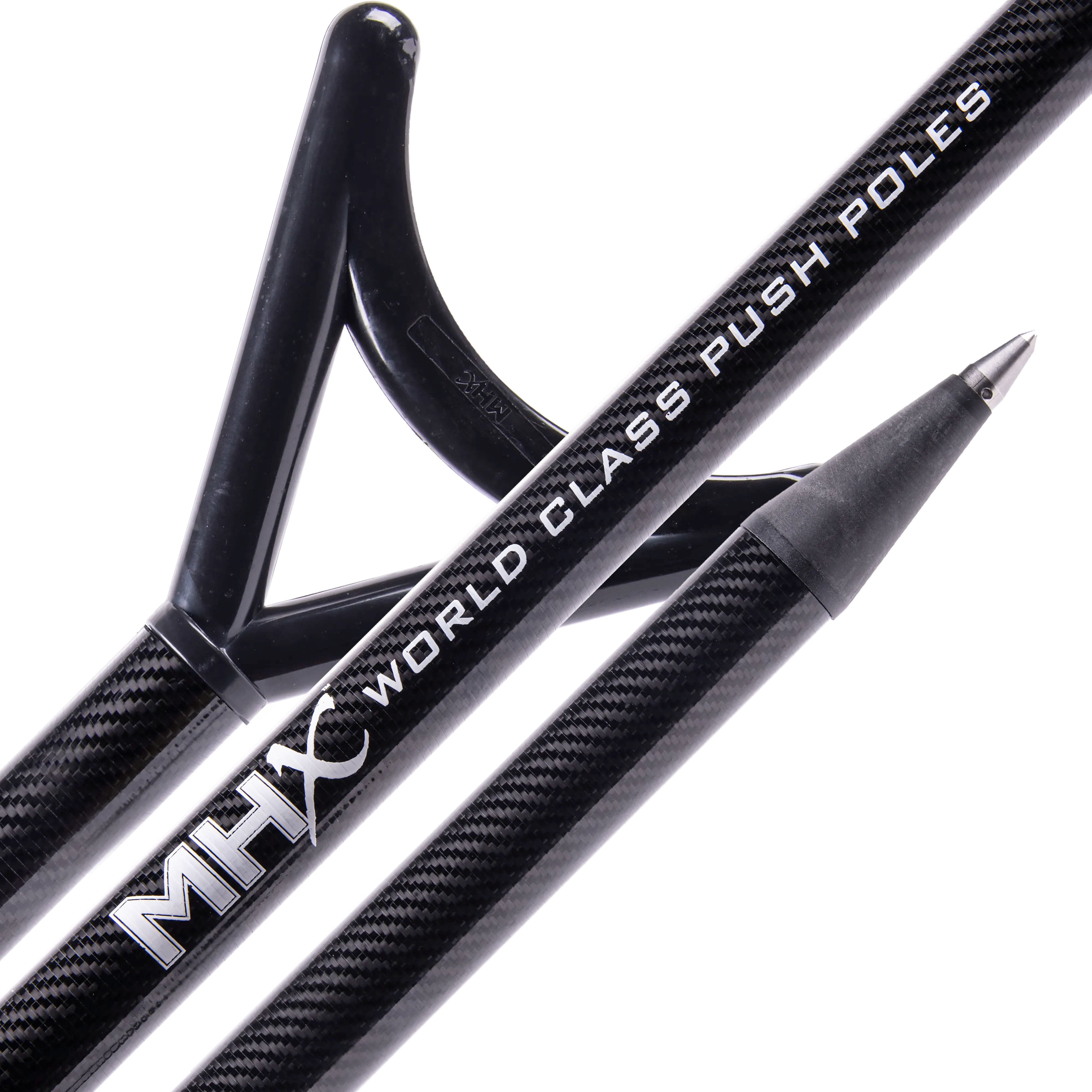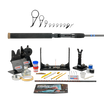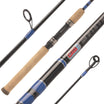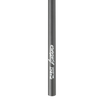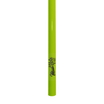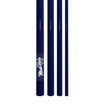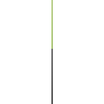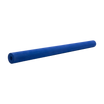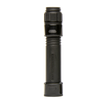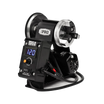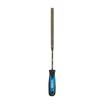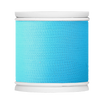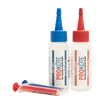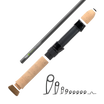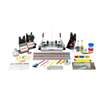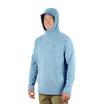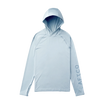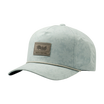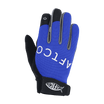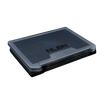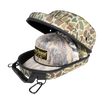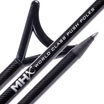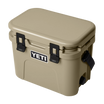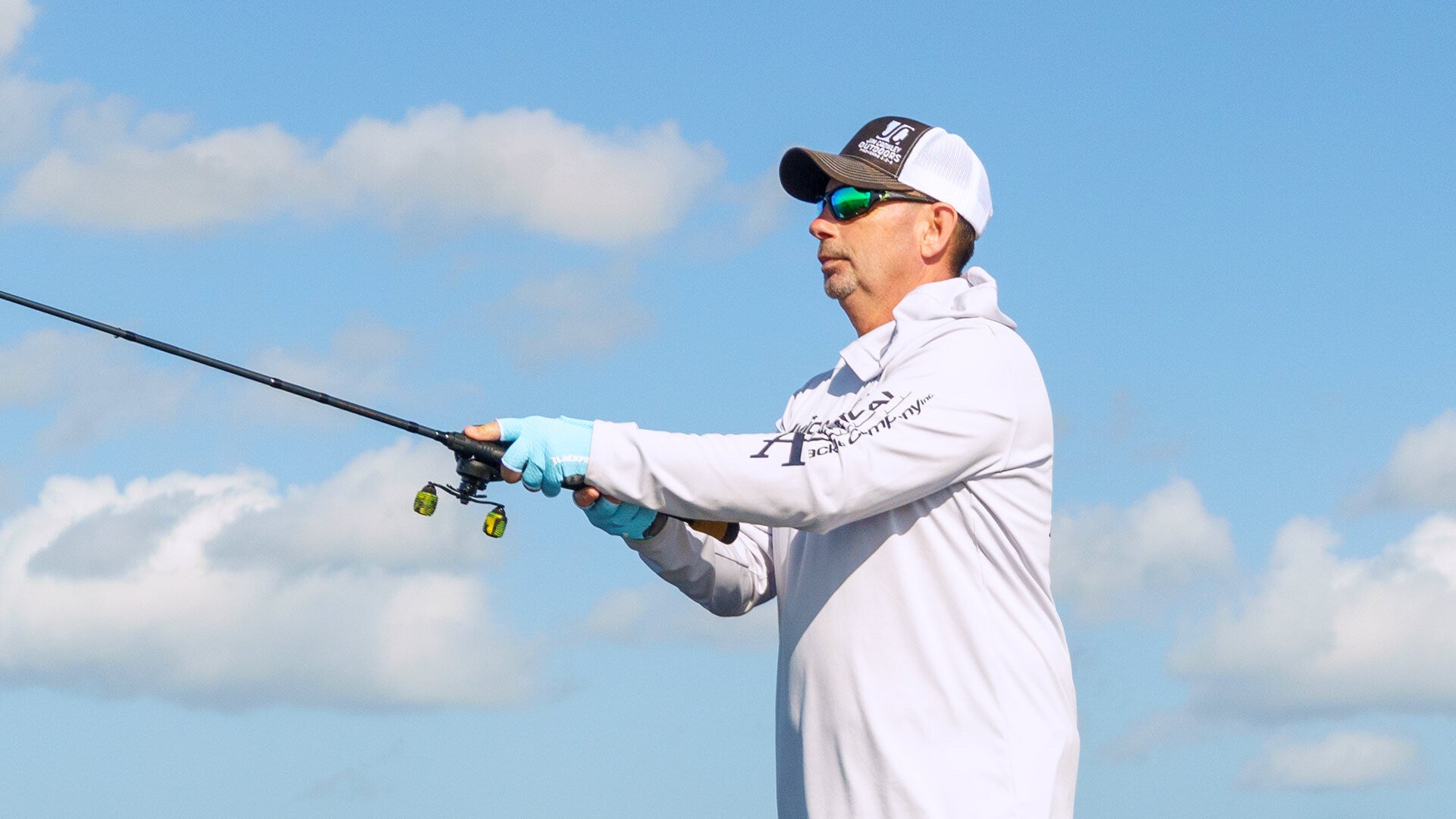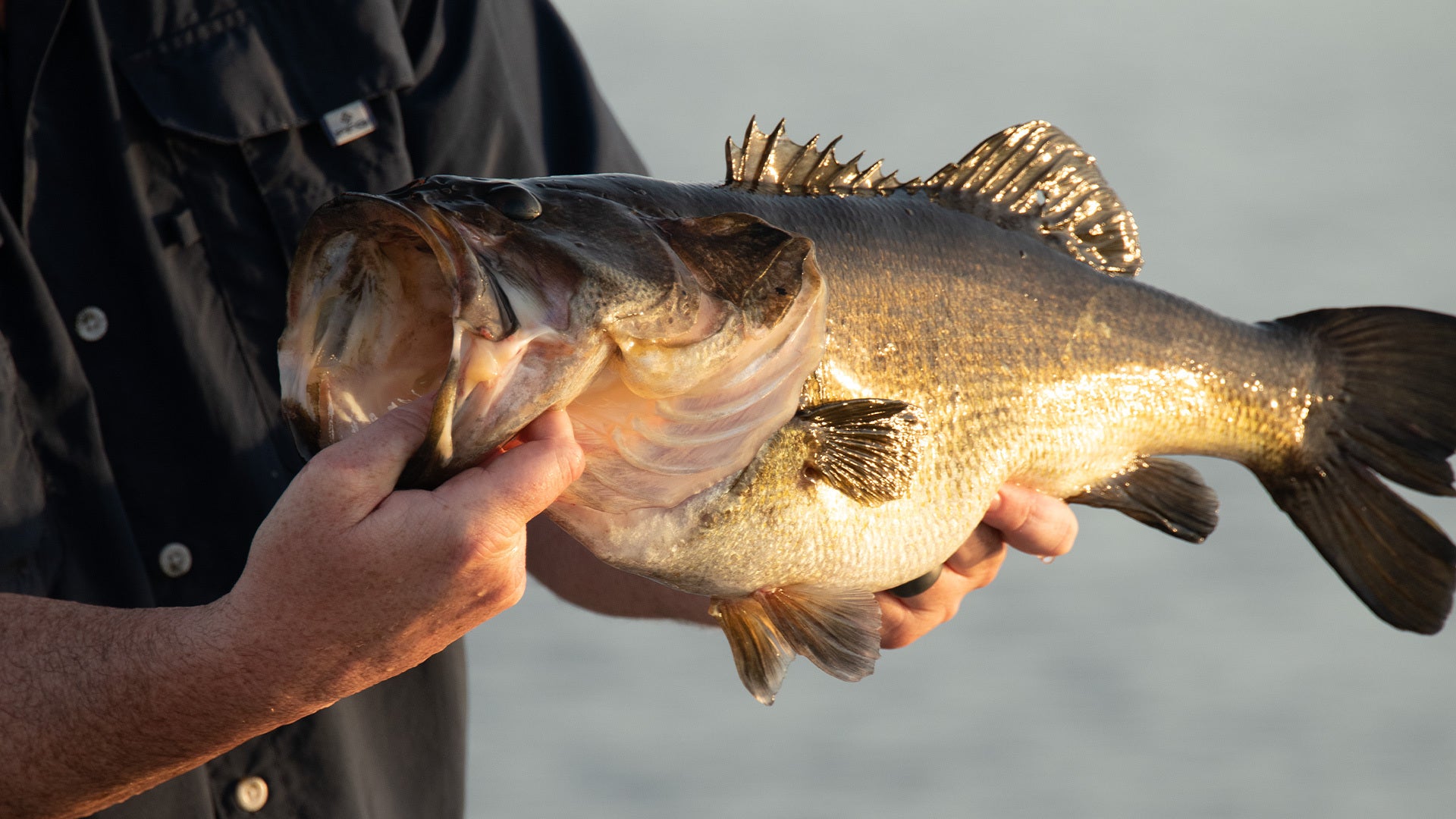With the ultimate in slow pitch rod blank innovation MHX created their Offshore Jigging Slow Pitch Rod Blanks. Top-tier blank construction incorporates the Toray 6K Standard Modulus Woven Graphite Fiber of 33 million modulus and a Nano Resin Technology. In addition, MHX has incorporated a 5K Crosshatch Carbon Weave that adds an impact resistant, protective outer layer without increasing weight. The result gives custom rod builders a finished product with remarkably lightweight construction, exceptional sensitivity, and unparalleled strength to fight the most demanding offshore species.
Building a Slow Pitch Rod
How would you build on the MHX Slow Pitch?
Well, I asked that very question to one of Mud Hole’s in-house experts, Captain Mo Fernandez. Most of you know Mo from his duties here at the shop, or you have met him during one of the trade shows like ICAST or out on the West Coast. He is easy to spot, often sporting a big smile and always happy to help. From freshwater to saltwater, big game to finesse, Mo has you covered.
Which Rod Blank?
Now let’s start building one of the most popular models from the MHX Slow Pitch line up – the XJSP631H.
Why are we choosing the 6’3” Heavy?

Well Mo considers this one of his all-around favorites. “The XJSP631H-MHX is the perfect blank for a range of jigs and fish species. While able to handle deeper spots with heavier jigs and larger species, it will also not feel overpowered in shallow spots with lighter jigs”, Mo explains.
I agree with Mo in the versatility of the MHX Slow Pitch blanks are far greater than I expected. Typically, you can expect a 20% range in jig weight rating from the stated gram weight on the blank. So, in the case of this XJSP631H it is rated at 260 grams so pitching anywhere from a 210g to 310gr jig is in this blanks range.
Choosing The Components
One of the more debated components outside of the blanks is the guide set anglers prefer for their slow pitch builds. I had a pretty good idea what Capt. Mo was going to say about his preferred guide set before I even asked. “High quality titanium guides are an easy recommendation for their strength and anti-corrosive properties”, Mo says as he picks the guides off the table.

Thankfully, Mo brought his favorite slow pitch reel into the shop as we discussed how important it is to match reel height, guide angles and overall spacing to your entire setup. Mo walked me through his setup with an American Tackle guide train. “TiForged Titanium guides are also capable of slight flex under load, maintaining the integrity of the blank while Nanolite rings provide a specific blend of materials to reduce friction and maintain durability”, Mo describes.
As we chose guide sizes, we discussed how active the angler is during the slow pitch technique. It resembles flippin’ or punching heavy cover for those hard core bass anglers. You really need to be aware of the toll this type of fishing can have on your body. Anglers are wearing gloves and building with lightweight components because fractions of ounces really do matter after a long day slow pitch jigging. This is just another checked box for why Mo recommends titanium guides.
Building The Handle
Moving on to the handle section we started with the reel seat. Mo chose the American Tackle PSEAT-18. “These were engineered to hold larger frame conventional reels for jigging and swimbait applications. It has a three-key slot system to prevent hoods and locking nuts from twisting or breaking” Mo describes.

Without sounding like a broken record, have your reel when laying out your build. The slow pitch blanks are notoriously thin diameter blanks. So, although the blank OD will not need a size 18 or even 20, you will be using a dedicated slow pitch reel. This is where a regular size 16 seat will not get the job done.
For many, the offshore rods allow for extra aluminum hardware to match the reel seat and metal gimbals but the slow pitch rod builds stay away from all that bling. “I learned that aluminum gimbals look beautiful on custom builds and they match all the shiny trim on the boat but they are not forgiving on the gel coat or your gutt”, Mo says. “So I always recommend a rubber gimbal option. The gimbal is to keep the rod secure in the holders to prevent it from being a more expensive fishing trip. I have also come home with bruises and welts from aluminum gimbals while fighting big fish. The CRBRG-16 Rubber Gimbal works great and the size 16 requires less arboring”, Mo describes.

He has a great point. Slow pitch rods use graphite reel seats and rubber gimbals for not only the performance but the comfort of the angler. In, addition the handle layout is considerably longer than your typical conventional fishing rod. With handle lengths often reaching 17 to 18 inches it can feel a bit unorthodox in the way you work the jig or even fight the fish.
For those that have not slow pitched, that elongated handle runs along your forearm and just beyond your elbow to give you leverage when lifting the rod to work the jig. This gives you the feeling of the rod as an extension of your arm. It does take a little getting used to but once you have it down, it becomes second nature.

In addition, when fighting a fish, you fight them off the reel. There is no lifting and reeling down like you see during most offshore battles. The handle section stays tucked under your armpit and you use the reel to crank the fish from the depths.
Captain Mo's Preferred Grips
Mo has the perfect handle setup for both comfort and power when slow pitching. He shows off his setup, “I love the ETG7A04B and SPG35A06B grips and will never use another shape or style for my slow-pitch builds. The length is perfect for the rod holders and prevents the blank from getting scuffed up while going spot to spot, alleviating the need for a floating grip between the rear and butt.”

I can not thank Captain Mo enough for walking me through his favorite slow pitch build.
There really is an endless array of options to build your custom rod or a line of rods for your customers. With options from trusted brands like American Tackle, CRB and MHX we have you covered.
Here is Captain Mo's Slow Pitch Parts List:
- Blank : XJSP631H-MHX
- Stripping Guides : NITDF-12,10
- Running Guides : NITDF-8 (x7)
- Tip Top : NORLT-8-5
- Seat : PSEAT-18
- Gimbal Butt : CRBRG-16
- Grip : ETG7A04B
- Rear Grip : SPG35A06B
Nothing can take your fishing to the next level like a custom fishing rod. The Mud Hole team is standing by and always ready to help with your next slow pitch build.



